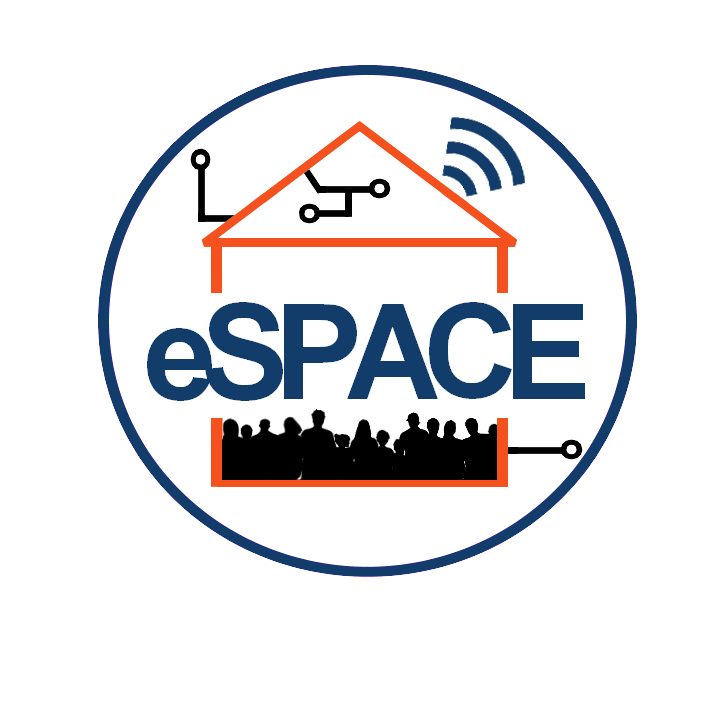Instructions:
Given the COVID-19 situation, the public PhD defense will be held mainly online using Microsoft Teams.
We are allowed to have a small audience of maximum 30 people for family and close friends, which will be informed about the location of the event via a personal email.
- We will start promptly at 16:00 CEST. Please join 10-15 min earlier to make sure everything works accordingly.
- To join the event, click on this link. More information on how to join a Microsoft Teams meeting and instructional video can be found here.
- Please turn off your camera and microphone. Only the jury and the candidate should be visible and able to speak.
- There will also be the opportunity for the audience to ask questions. Questions can be asked at the end of the presentation using the chat function. These will be read by the chair of the jury after the questions of the jury in chronological order as long as time permits. You may leave your email address so your answer can still be emailed to you if time runs out.
- After the retreat of the jury for deliberation, the final decision and proclamation is usually followed by a possibility to express reflections and acknowledgements.
- The end of the event is estimated around 18:00 CEST and will be followed by a small reception --- taking the into account the COVID-19 distancing measures --- to (hopefully) celebrate.
eSPACE: Conceptual Foundations for the End-User Authoring of Cross-Device and Internet of Things Applications
Over the last two decades we have witnessed a proliferation of smart devices such as smartphones, tablets and smartwatches. In addition to smart devices, we also observe a rise of Internet of Things (IoT) objects or things, comprising smart light bulbs, thermossstats and speakers. The plethora of smart devices and things lead to challenges to support interaction across these new smart technologies.
On the one hand, research is being conducted on cross-device interaction (XDI) to facilitate interactions across smart devices, while on the other hand research in the IoT domain aims at improving the interaction with IoT objects. However, there is a lack of a unification of these two related research domains, resulting in solutions designed either for smart devices or IoT objects only. Given the various smart technologies that users have to deal with daily, they need solutions that can communicate, manage, and control all these smart technologies. Further, these solutions should be flexible enough to adapt to the users’ evolving needs. Therefore, we see emerging end-user development solutions, allowing so-called end users without programming experience to modify or create new software artefacts according to their specific needs.
In this dissertation, we aim to improve end users' control over their smart technologies, by developing a solution that unifies the advantages of both the XDI and IoT research domains, and provides the appropriate abstractions based on the users' mental models of cross-device and IoT interaction. Thereby, we enable end users to create and modify their own XDI and IoT applications based on their existing knowledge. The unification of XDI and IoT further allows users to manage all their devices in a single place rather than having the control fragmented over multiple applications, while the appropriate abstractions will help them to more easily become familiar with our solution.
From our investigation of related work on end-user development in the domains of XDI and the IoT, we present derived requirements for such a solution, as well as the necessary conceptual foundations including the eSPACE reference framework and conceptual model. Our reference framework structures the UI development process for user-defined applications while the conceptual model introduces the components for this development process. Further, based on an elicitation study aiming at finding the end users' mental models when dealing with cross-device and IoT interactions, we established a set of design guidelines. Finally, using these research artefacts, we designed the eSPACE end-user authoring tool that allows end users to create and modify their unified XDI and IoT applications.
Members of the Jury
Prof. Dr. Olga De Troyer (VUB, chair)
Prof. Dr. Johan Loeckx (VUB, secretary)
Prof. Dr. Beat Signer (VUB, promotor)
Prof. Dr. Bart Jansen (VUB)
Prof. Dr. Gaëlle Calvary (Ensimag, France)
Prof. Dr. Jean Vanderdonckt (LiLab, UCL)
